The best places in Central Park to see fall foliage
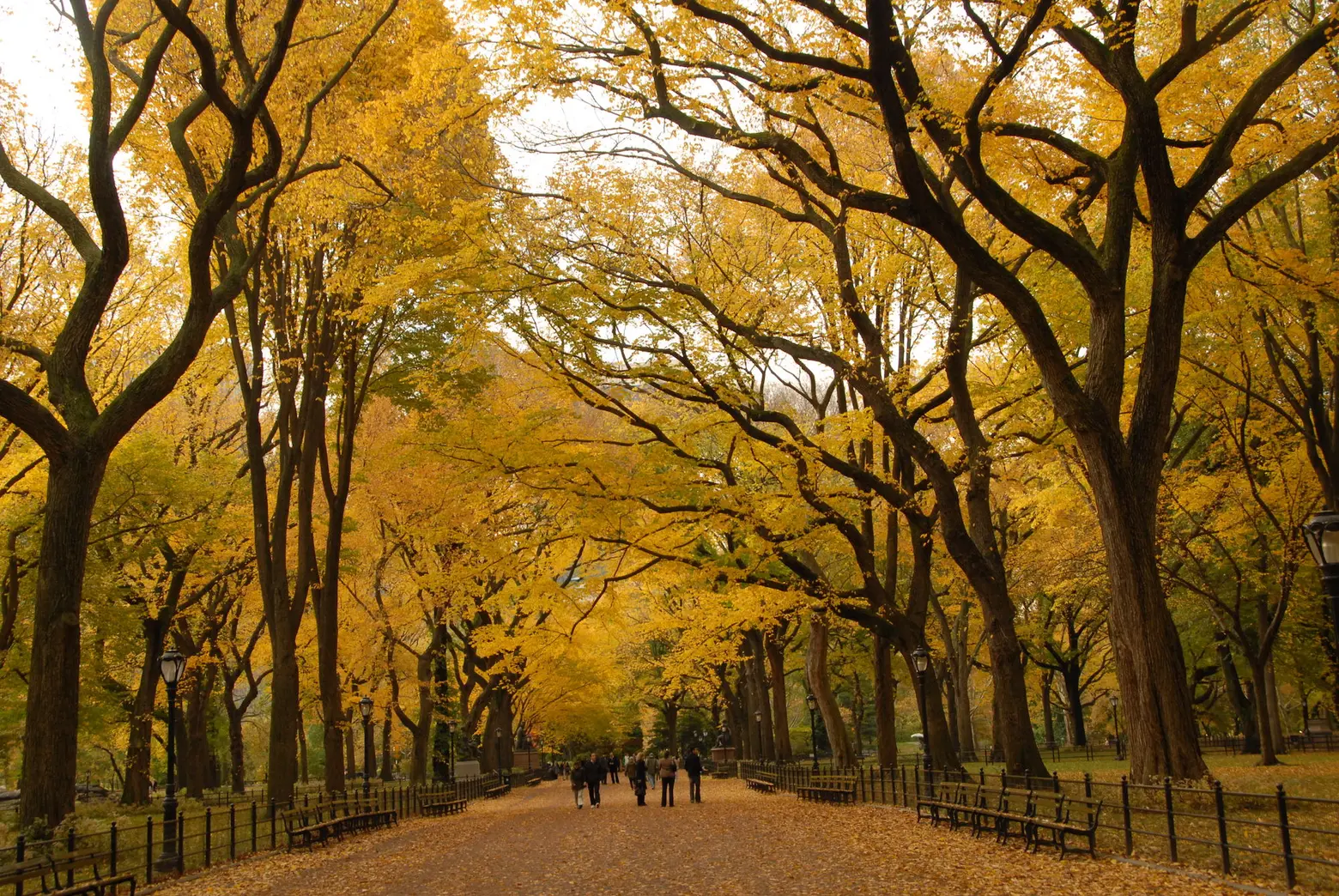
Photo of the Mall courtesy of Central Park Conservancy
Some of the most breathtaking fall foliage can be found outside of NYC, but when it comes to autumnal bliss within the boroughs, not many places can compare to Central Park. The park experiences a different fall foliage season than other parts of the city because of the tall buildings that surround it and cast shadows on its trees. According to the Central Park Conservancy, the trees have a “distorted sense of the seasons,” creating a later foliage season for Central Park. To make the most of this beautiful season, the Conservancy released its annual fall guide, complete with ideas for exploring the park, and their handy fall foliage map, which lets you know the best spots to see the park’s 18,000 trees in all their yellow, orange, and red glory. Ahead, find eight spots that take the lead for leaf-peeping.
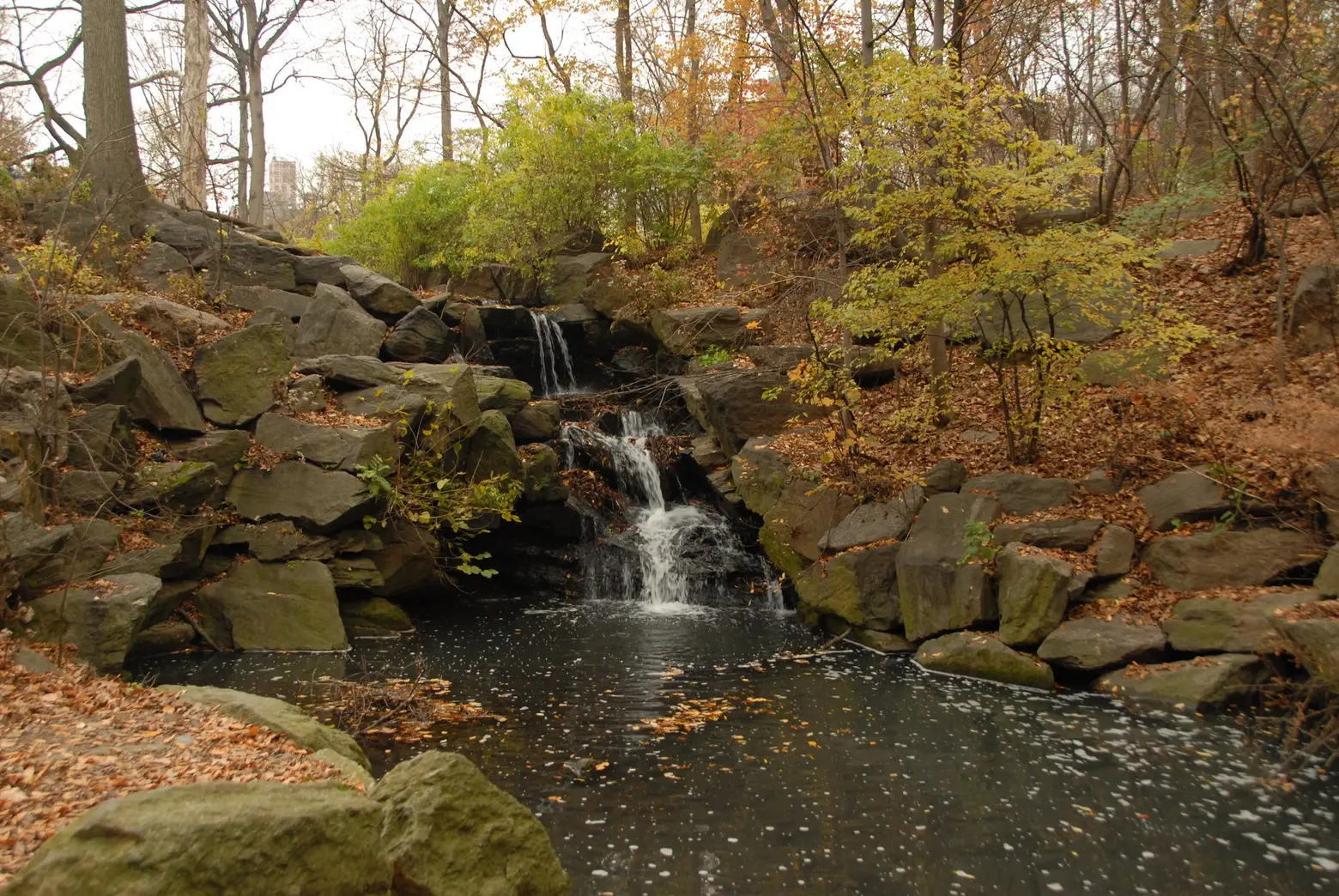 The Ravine courtesy of the Central Park Conservancy
The Ravine courtesy of the Central Park Conservancy
1. The North Woods
The 90-acre North Woods is the largest of the park’s three woodlands, located at the northwest corner of Central Park. By many accounts, this is considered the most secluded and natural portion of the park, thanks mainly to the Ravine, the central portion of the Woods that acts as a forest with tall trees and untouched landscaping. The fall foliage here looks extra special against the area’s Loch (the Scottish word for “lake”).
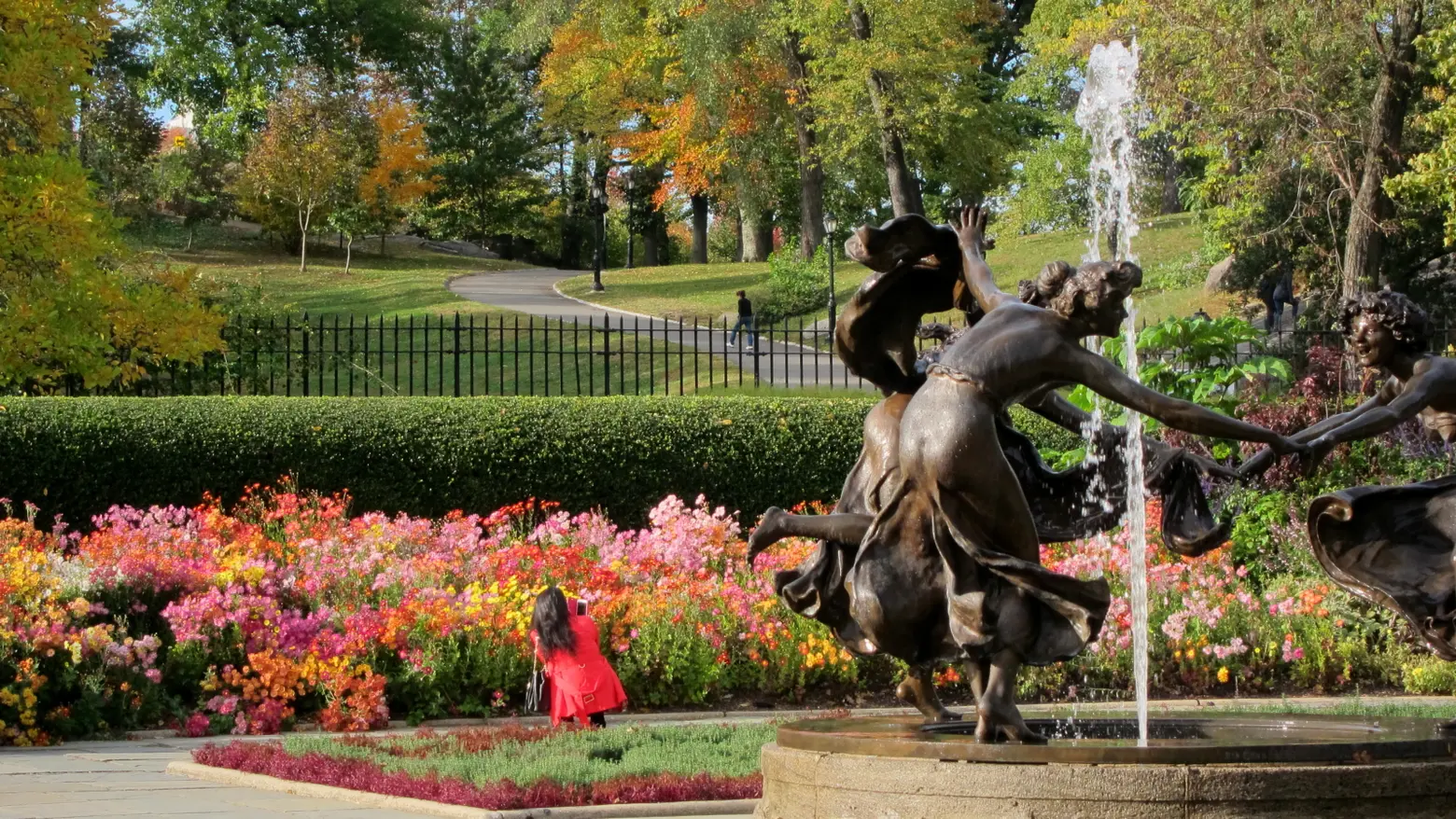 The Conservatory Garden via Cultivar 413 / Flickr cc
The Conservatory Garden via Cultivar 413 / Flickr cc
2. Conservatory Garden
The Conservatory Garden spans six acres from 104th to 106th Streets on the east side of Central Park. It is the park’s formal garden with three areas designed in classic styles– Italian, French, and English. The center Italianate garden is flanked by two crabapple allées that turn a gorgeous red-orange in the fall. The French-style North Garden is marked by the bronze “Three Dancing Maidens” fountain, surrounded by a massive chrysanthemum display that blooms in vibrant autumnal hues during peak foliage. Note that the Conservatory Garden’s restrooms, pergola, and Vanderbilt Gate are closed during the restoration of the Italian Garden and are expected to reopen next spring.
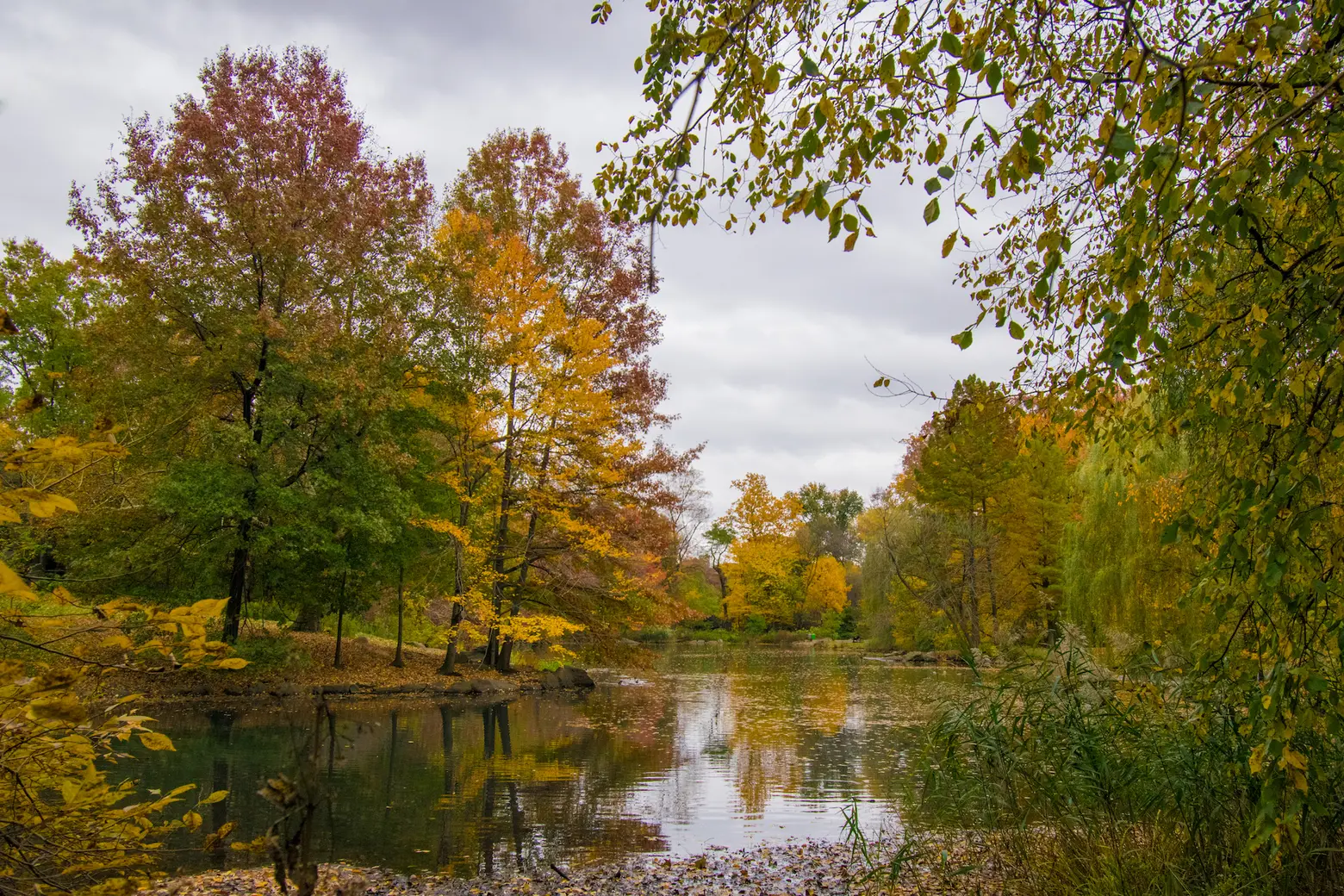 The Pool courtesy of the Central Park Conservancy
The Pool courtesy of the Central Park Conservancy
3. The Pool
If you’re heading out of the North Woods, walk south over a rustic bridge and past an enchanting waterfall, and you’ll hit the Pool. In addition to being a home for turtles, birds, fish, and other wildlife, the Pool is surrounded by red maple, hickory, tupelo, bald cypress, and sugar maple trees, all of which create a perfect picture of fall colors.
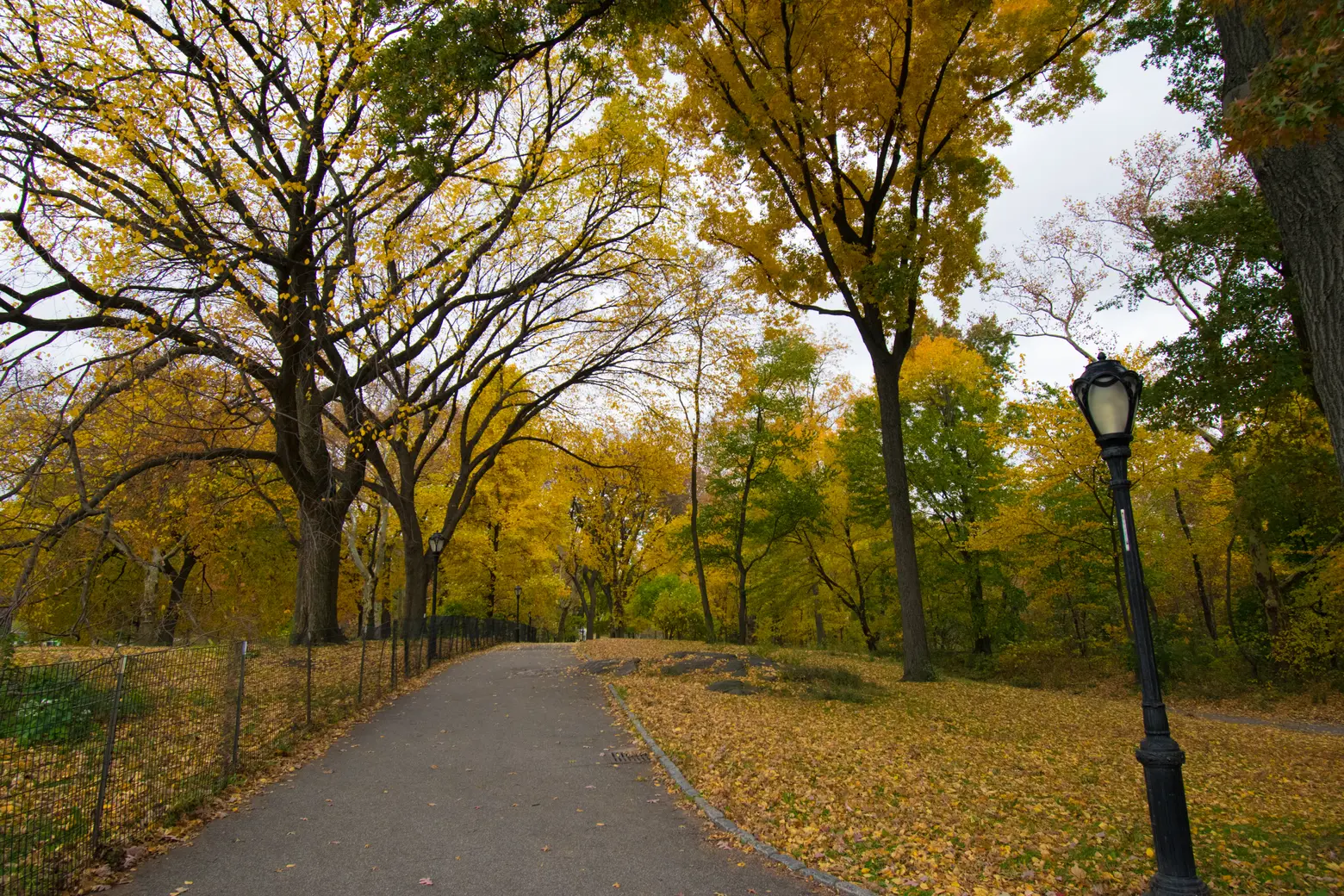 The North Meadow courtesy of the Central Park Conservancy
The North Meadow courtesy of the Central Park Conservancy
4. North Meadow
Found in the middle of the park from 97th to 102nd Street, the 23-acre North Meadow is often a bit less crowded than its southern counterpoint the Sheeps’ Meadow. It boasts hills and rocky outcrops, set against a backdrop of hickory, sugar maple, and flowering dogwood trees.
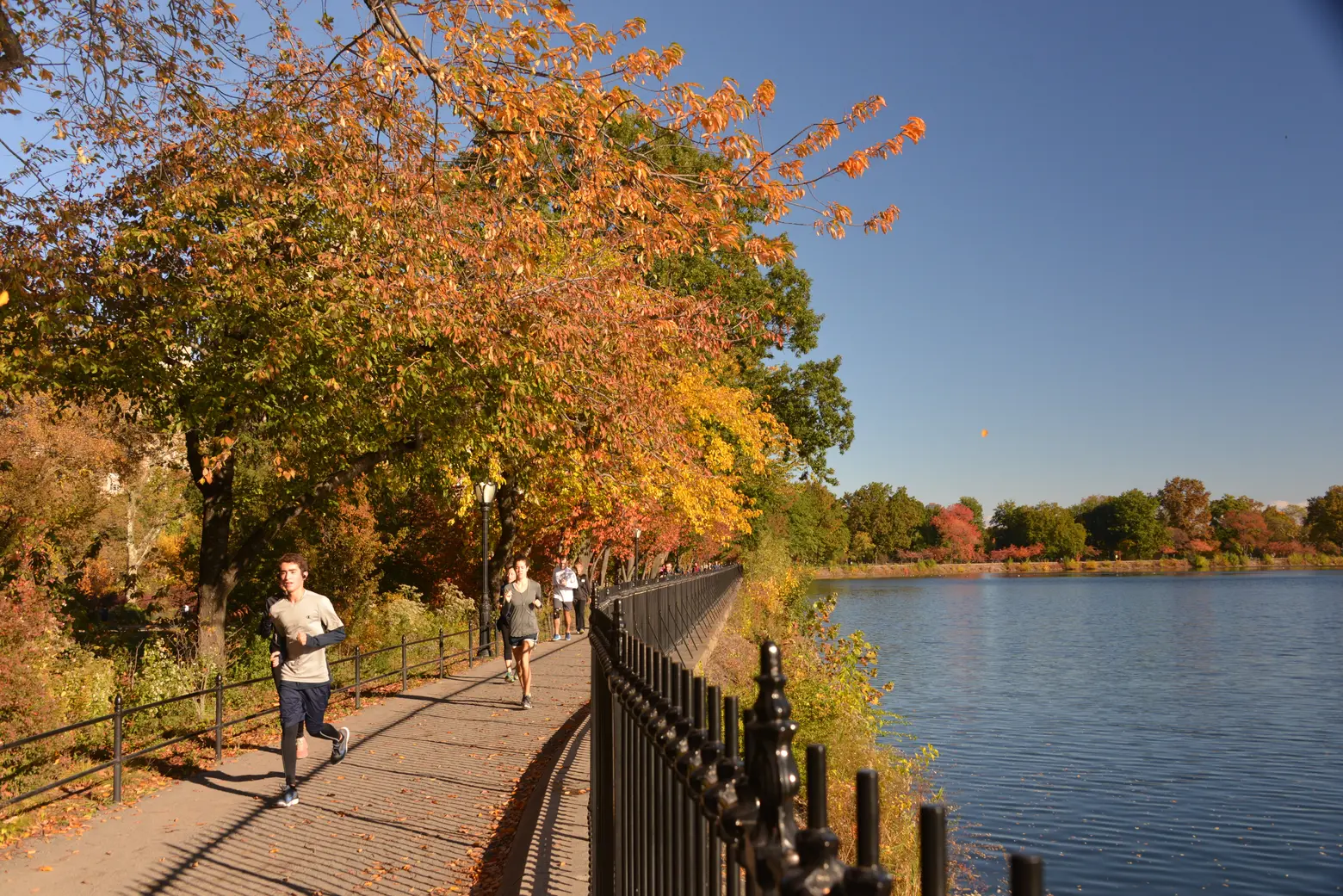
Photo courtesy of Central Park Conservancy
5. The Reservoir
Just below the North Meadow is the Reservoir, stretching all the way from 86th to 96th Streets. According to the Conservancy, a walk around its 1.58-mile perimeter on the bridle path will afford views of “the Kwanzan cherry, which turns bronze and red in the fall” on the west side and of “Yoshino cherry, which becomes yellow and features sharply contrasting bark,” on the east side. In the water, you’ll find 20 species of birds, from several types of ducks to herons and egrets.
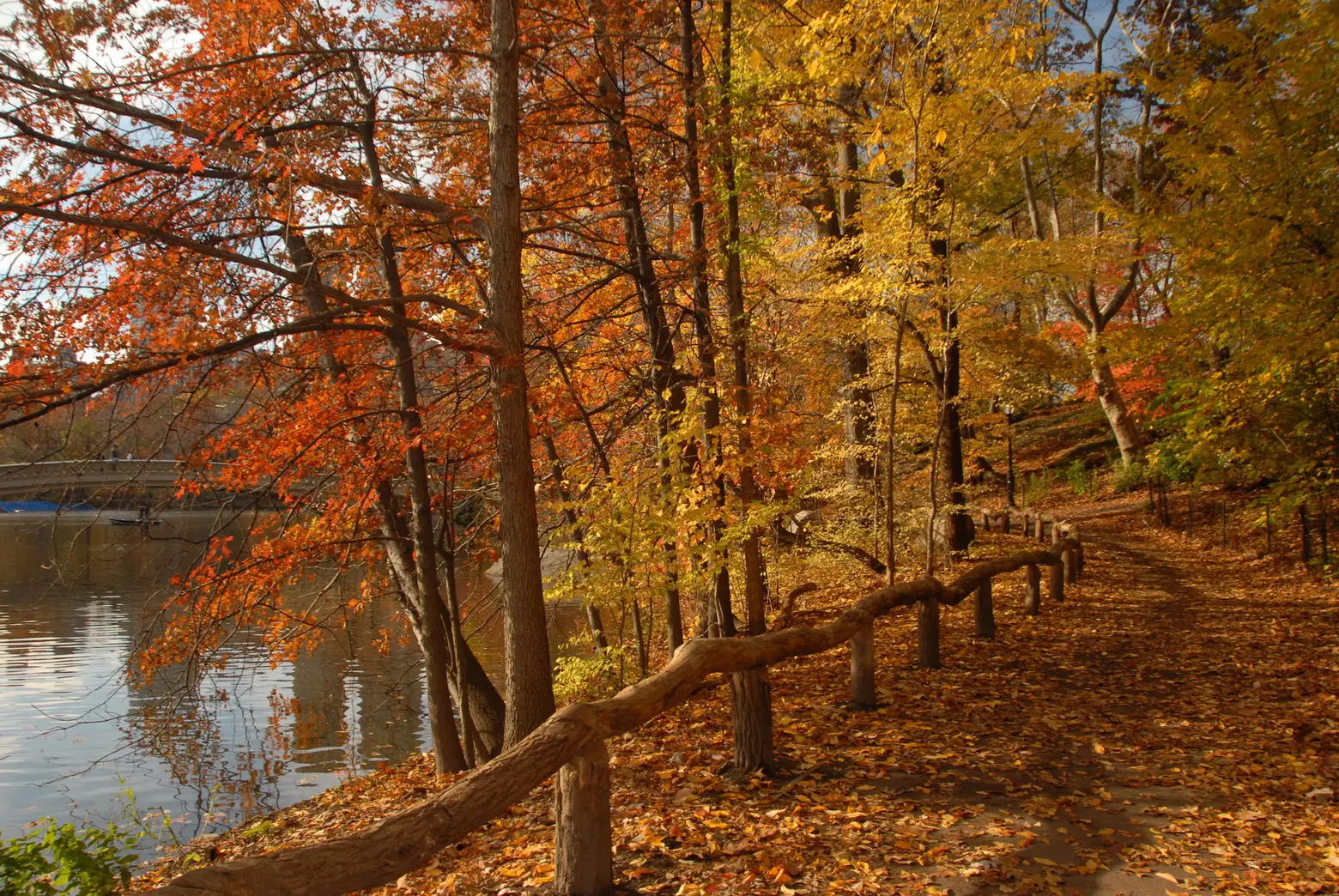 The Ramble courtesy of the Central Park Conservancy
The Ramble courtesy of the Central Park Conservancy
6. The Ramble
When Frederick Law-Olmsted designed Central Park he envisioned the Ramble as a “wild garden.” As such, the 36-acre woodland is made up of winding paths and rustic bridges, which come alive in the fall when the area’s red oak, sweetgum, red maple, pink oak, sassafras, and black cherry trees change color. In addition, it is considered the most popular spot in the park for birding (more than 230 species have been seen here!). Just north of the Ramble’s Azalea Pond is Tupelo Meadow, where a three-trunked black tupelo is thought to predate the park. In the fall, it takes on amazing shades of crimson, joining the larger fall foliage display of serviceberry, London plane, and American elm trees.
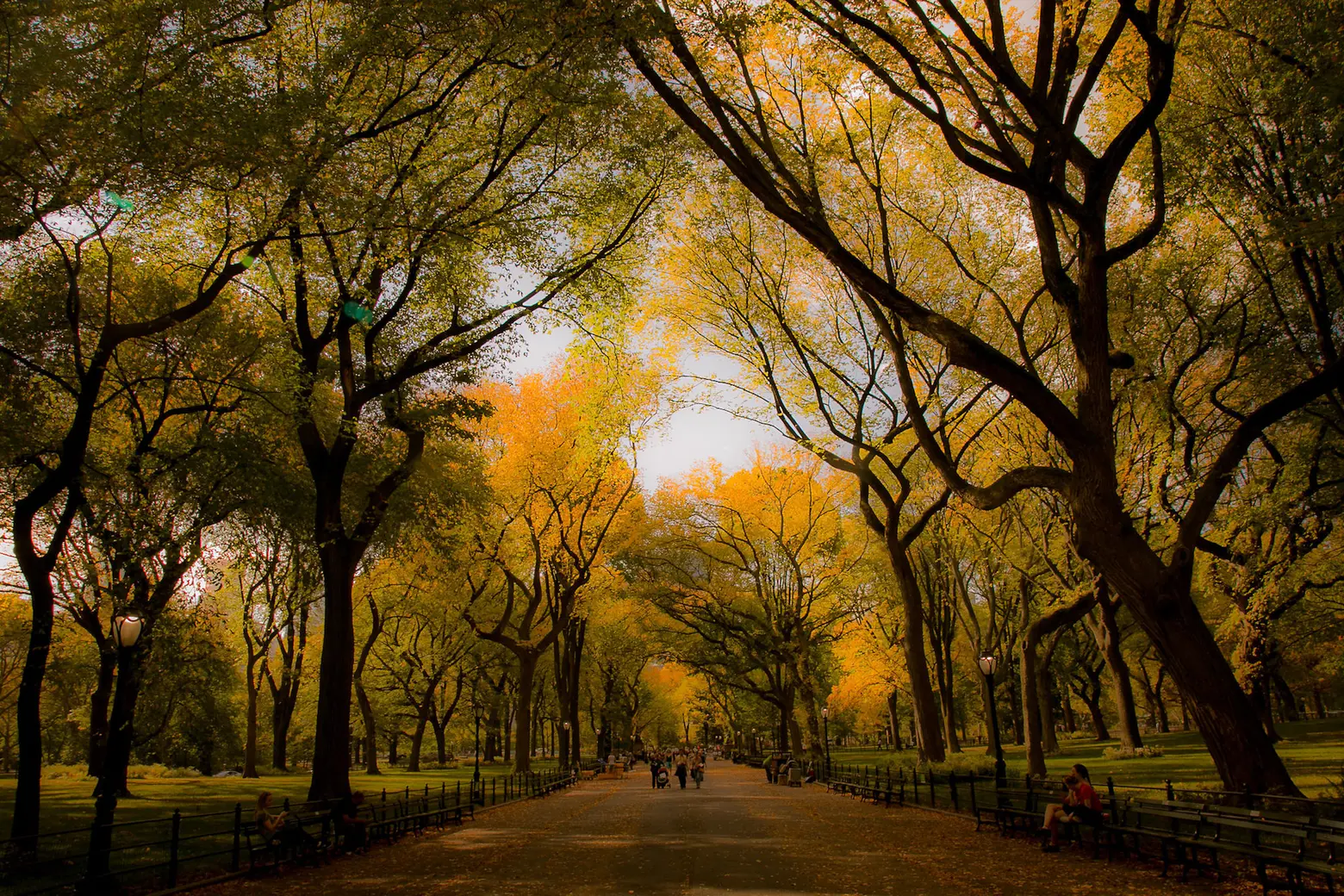 The Mall courtesy Janne Räkköläinen on Flickr
The Mall courtesy Janne Räkköläinen on Flickr
7. The Mall
Did you know the Mall, the pedestrian esplanade that runs from 66th Street to Bethesda Terrace at 72nd Street, is the park’s only intentional straight line? It’s also home to one of the largest and only remaining “stands of American elm trees in North America,” which creates “a cathedral-like canopy” above the path, turning bright yellow in the fall. And of course, Bethesda Fountain is nothing if not photogenic, especially in autumn.
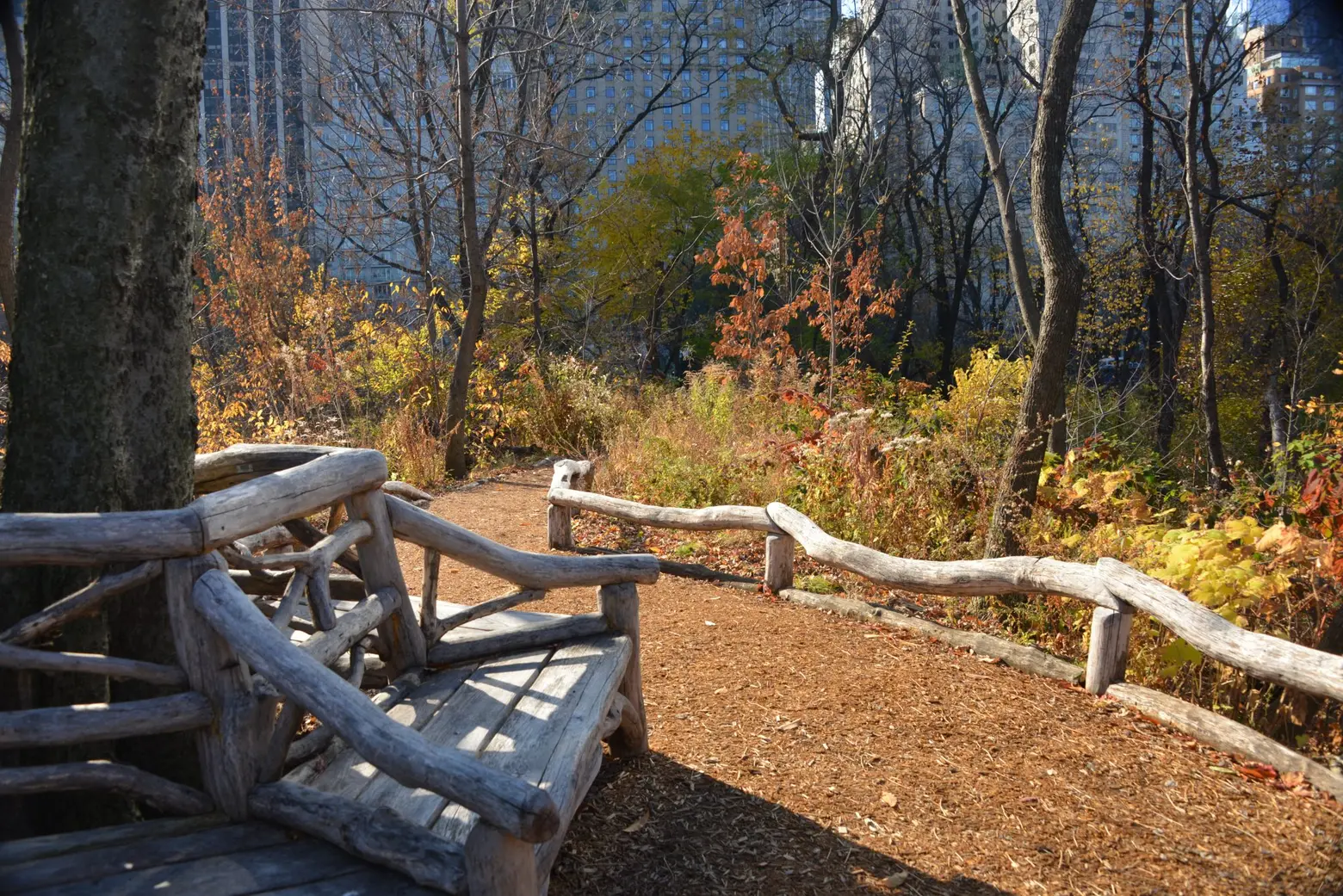 Hallett Nature Sanctuary courtesy of the Central Park Conservancy
Hallett Nature Sanctuary courtesy of the Central Park Conservancy
8. The Pond and the Hallett Nature Sanctuary
It might be a bit touristy, but the southeastern corner of the park has some stunning vistas. At four acres, the Hallet Nature Sanctuary is the smallest of the three woodlands. After a renovation, the Sanctuary reopened to the public in 2013 and is now a hidden “peaceful haven” complete with native plants and wildlife and rustic railings and benches. On its western edge, the Sanctuary juts out into the Pond, where you can find birds and turtles, a cascade, small pools and spillways, and floral plantings along the edge. This entire area comes alive in the fall with black cherry, sawtooth oak, gray birch, pin oak, and tupelo trees changing color.
RELATED:
- New York fall foliage: This map tracks the best time for leaf peeping
- The 7 best places to see fall foliage outside NYC
- MAP: Predict when fall foliage will be at its finest in your area
- 18 places to celebrate Oktoberfest in and around New York City
Editor’s note: The original version of this story was published on October 2, 2019, and has since been updated.
Get Insider Updates with Our Newsletter!
Leave a reply
Your email address will not be published.


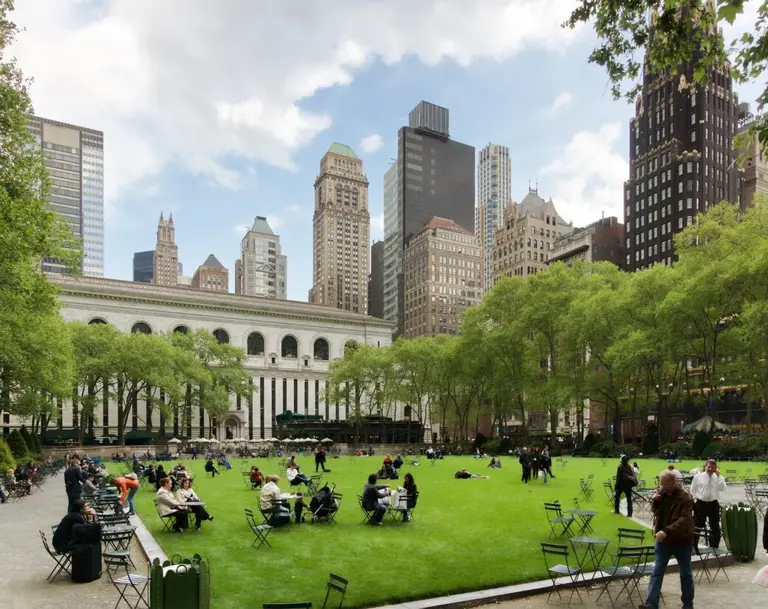
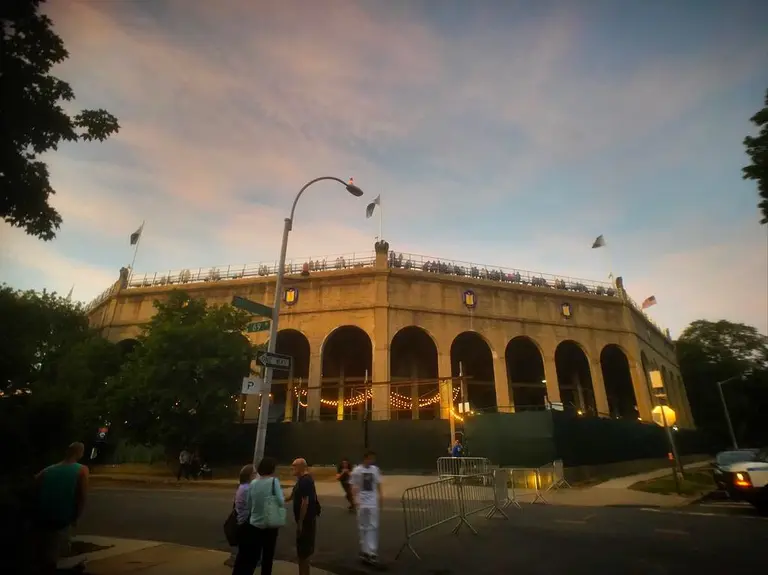
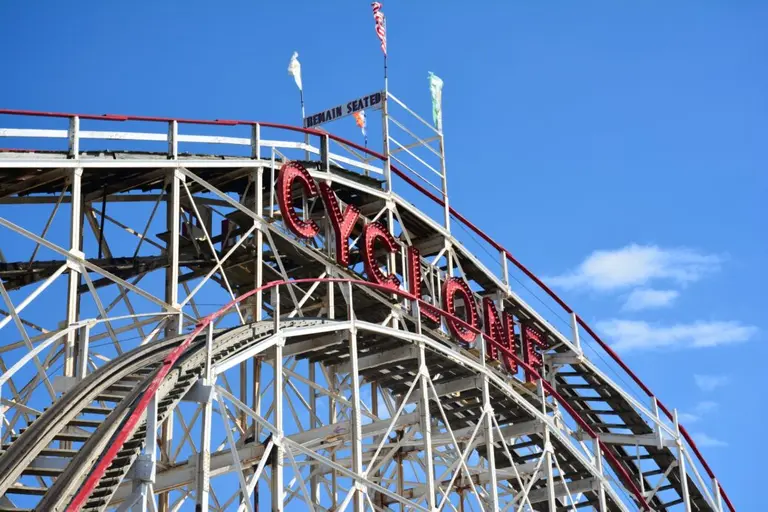







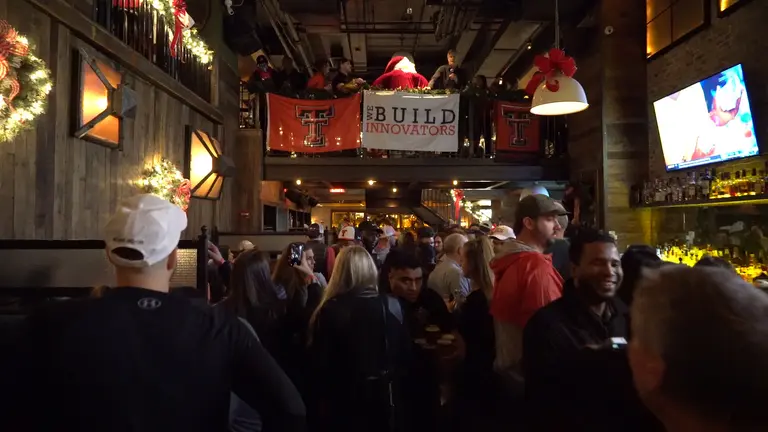

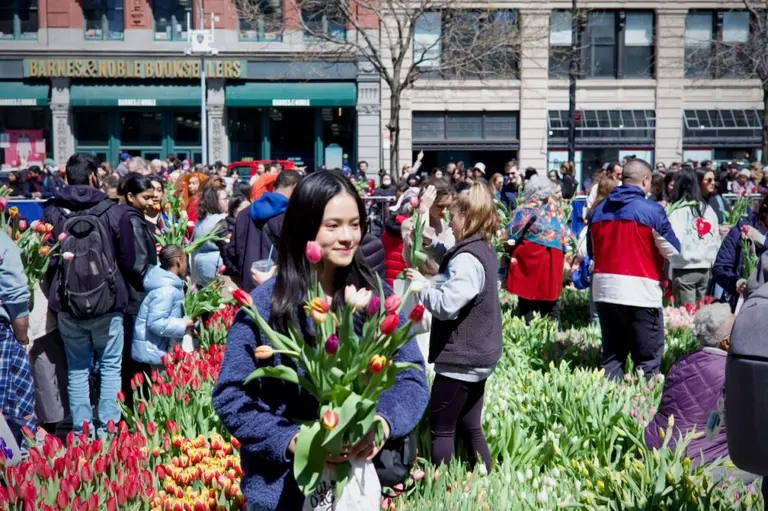












Just a mention about the conservatory gardens: they are all currently under renovation (except for the French one) until at least 2025.